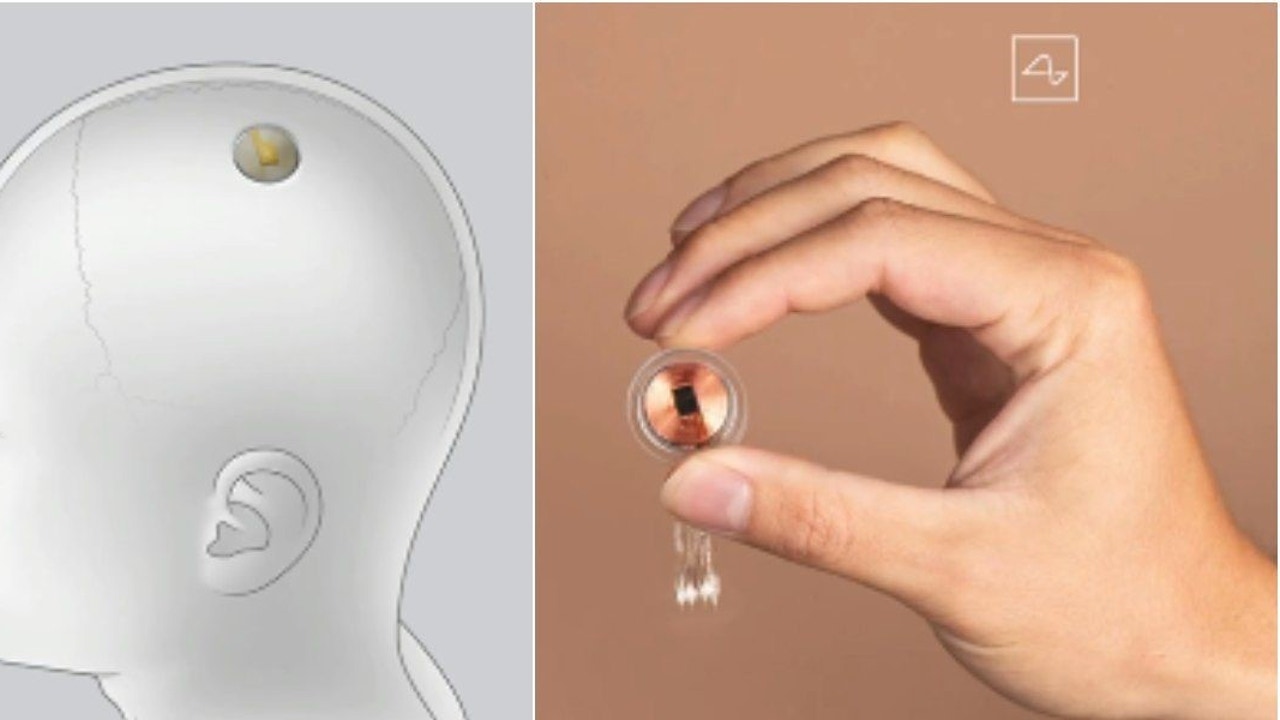Neuralink, the pioneering company led by Elon Musk, has achieved an unprecedented milestone by successfully implanting a chip in the brain of a human being. This breakthrough promises to be revolutionary, with the potential to dramatically change the lives of paralyzed people by allowing them to control external devices, such as robotic exoskeletons, solely with their thoughts. This development is an example of how technology can merge with human biology to overcome physical limitations, but also poses a series of significant ethical challenges.
The technology behind Neuralink is distinguished from other brain-machine interfaces by its invasive nature, which may allow it to be more effective. Neuralink involves the direct implantation of microscopic sensors into brain tissue. These sensors, remarkably thin and capable of branching into multiple endings, represent a significant technological advance that allows precise reading of individual neuronal activity. The implementation of these devices requires a highly specialized surgery, performed by a specifically designed robot to navigate the complexity of the human brain without causing damage to the numerous blood capillaries that supply it. The robot needs, for example, to anticipate tiny movements due to breathing or heartbeat.
Neuralink's primary application seeks to offer new hope to people with paralysis, giving them the ability to move again through control of robotic exoskeletons. Additionally, the company is exploring other futuristic applications, such as the possibility of restoring vision to blind people, a goal that presents even greater challenges and questions the limits of what technology can achieve when it comes to replicating or restoring complex sensory functions. In particular, restoring sight to the blind might be impossible in cases where vision has never existed, since the brain never learned to process that type of information.
Although the promise of Neuralink has generated considerable enthusiasm among paralyzed people, it has also has attracted a surprisingly high number of healthy volunteers, interested in the possibilities that this technology could offer beyond the restoration of lost functions. Many aspire to deeper integration between humans and machinesimagining a cyborg-like future in which human capabilities are expanded to the point of controlling devices with thought or even acquiring forms of telepathic communication or telekinesis-like abilities.
However, this futuristic enthusiasm is offset by the risks inherent in brain surgery and device implantation. Infections, a risk associated with any surgical procedureare particularly worrying in the context of the implantation of devices in the brain (let's not forget that installing a Neuralink involves drilling holes in the skull).
Furthermore, the question of how a device like the one from Neuralink without causing additional damage to the brain is not easy, which contributed to delaying human testing. This issue is not only technical, but also ethical, as it raises questions about patient autonomy and the right to reverse decisions involving invasive body modifications.
Thus, ethics lies at the heart of discussions about Neuralink, where the principles of beneficence (doing good) and non-maleficence (doing no harm) must be carefully balanced. The idea of implanting brain devices in healthy people to improve cognitive or physical abilities opens a debate on risk-benefit analysis and the justification of such interventions.
The challenges do not end at implementation. The possibility of brain hacking, while it may seem like something out of a science fiction novel, raises serious security and privacy concerns. As technology becomes more sophisticated and capable of interpreting, and potentially influencing, neural activity, the question arises of how to protect individuals' most intimate information of unauthorized or malicious access.
This futuristic landscape, where humans can interact with machines on a completely new level and where human capabilities expand beyond natural limits, what we know as transhumanism, is not free of profound ethical dilemmas. The discussion around Neuralink addresses not only the technical aspects of its implementation, but also the broader implications of such technologies on society, personal identity, and the conception of what it means to be human.
Neuralink offers transformative possibilities for the treatment of diseases and disabilities. However, the path to realizing these promises is fraught with technical, medical and ethical challenges that must be carefully thought through. The company must not only ensure that its devices are secure and effective, but must also address the ethical and social concerns that arise at the edge of this new frontier of science and technology. How these challenges are addressed will determine not only the success of Neuralink, but also how society adapts to and regulates technologies that have the potential to fundamentally change the human experience.

